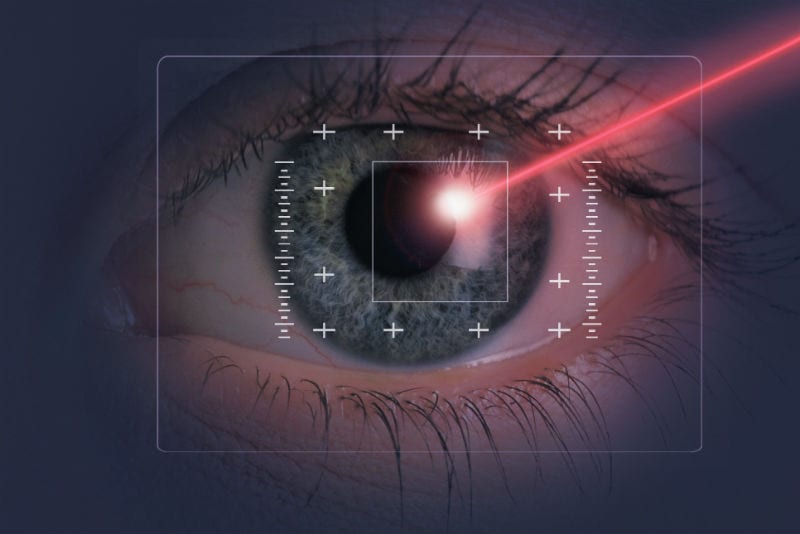Introduction
Glaucoma is one of the most common degenerative eye disorders and the second leading cause of irreversible blindness. Worldwide, it affects some 60 – 70 million people. In the United States alone there are 3 million people with the condition. It’s particularly common among senior citizens. Some figures suggest that as many as one in thirty people between the ages of 40 and 80 suffer from the disease.
Glaucoma progression typically affects the peripheral vision first, and eventually damages the central vision as well. Over time, the increased fluid pressure inside the eye (intraocular pressure – IOP) does long-term damage to the optic nerve, resulting in partial or total loss of vision. At this time, there are no known cures for the condition.
Until recently, the only glaucoma treatment has been preventative, consisting of frequent screenings to increase the odds of early detection and medication to help slow the progression of the disease. But nowadays, medical technology is making regular strides in the field of promoting eye health. Some of the most exciting breakthroughs have been in the area of glaucoma treatment.
Breaking New Ground in Eye Health
Traditionally, treatments for glaucoma have involved prescription drugs, including beta blockers, prostaglandin analogs, and alpha agonists. Dietary changes and increasing aerobic exercise can also help to reduce intraocular pressure and relieve strain on the optic nerve.
These treatments cannot reverse vision loss caused by the disease. Instead, the goal is to relieve symptoms to avoid further damage. Now, laser technology offers sufferers new treatment possibilities.
Selective Laser Trabeculoplasty (SLT)
This type of laser surgery is designed to treat the primary open-angle form of glaucoma (POAG). The laser is applied at a very low setting and is used to selectively treat the cells of the eye. This type of surgery is sometimes recommended for patients who’ve had little success with pressure-lowering eye drops.
Argon Laser Trabeculoplasty (ALT)
Another type of laser surgery for Primary Open-Angle Glaucoma (POAG) involves making a small incision in the eye’s fluid channels to help with drainage. To avoid over-correction and the possible side-effect of increased intraocular pressure after surgery, this procedure is usually done in two stages, treating half the fluid channels in one session and the remaining half in a later session.
This type of treatment has been shown to help lower eye pressure in 75% of patients, but it’s still recommended that patients continue to take medication.
Laser Peripheral Iridotomy (LPI)
LPI is recommended for the narrow-angle form of glaucoma, which occurs when the angle between the iris and the cornea is too narrow, preventing drainage from occurring properly. LPI promotes drainage by making a tiny perforation in the iris of the eye.
About Laser Eye Surgery
The correct application of painkiller before surgery helps ensure patients feel no discomfort or stinging – the most common side effect.
While laser treatment is safe and comes recommended by many ophthalmologists, a small number of patients may experience some unwanted health risks as a result. This can involve increased intraocular pressure and an increased risk of developing cataracts. But, with medical supervision and careful adherence to your ophthalmologist’s instructions, these risks should be minimal.
For most patients, recovery takes less than a day. Most feel comfortable enough to resume work and their usual responsibilities the day after the procedure.
For those who haven’t seen improvement from taking medication, laser treatment presents a possible alternative that can help preserve your vision and improve your quality of life.
Give us a call
Please note that this article is for informational purposes only and should not be considered an adequate substitute for medical treatment from a qualified professional. For more information or to schedule an eye exam, please contact us at Florida Eye.



